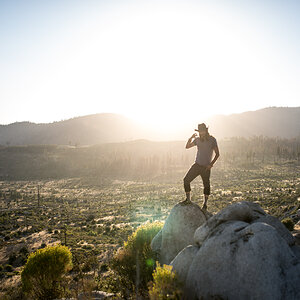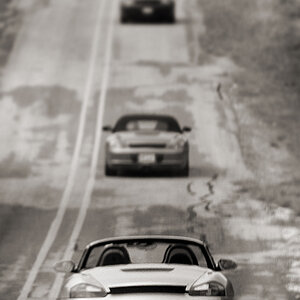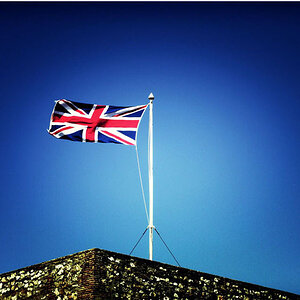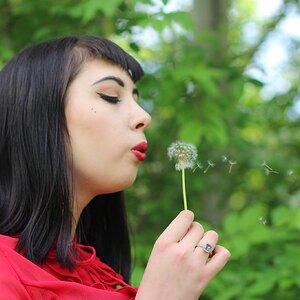bozzie66
TPF Noob!
- Joined
- Mar 3, 2024
- Messages
- 4
- Reaction score
- 0
- Location
- North Essex England
- Can others edit my Photos
- Photos OK to edit
Hi
I have recently purchased a lovely 70D and have an old 300EZ speedlite in my cupboard , so I fitted new batteries , pressed the test button, works OK, then fitted it to the 70D switched to P , mode , set the iso to 100 , took a few indoor shots that came out almost white.
I rarely use a flash , but only tried this as I already have it , so I'm a bit green when it comes to using a flash unit.
Any suggestions.
Thanks in advance
Boz
I have recently purchased a lovely 70D and have an old 300EZ speedlite in my cupboard , so I fitted new batteries , pressed the test button, works OK, then fitted it to the 70D switched to P , mode , set the iso to 100 , took a few indoor shots that came out almost white.
I rarely use a flash , but only tried this as I already have it , so I'm a bit green when it comes to using a flash unit.
Any suggestions.
Thanks in advance
Boz





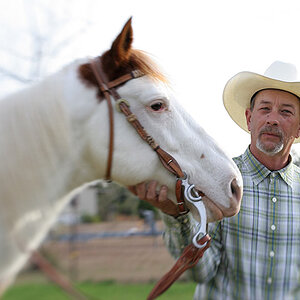
![[No title]](/data/xfmg/thumbnail/38/38261-db20f6f92ee8f0d4c5cf1536e308638b.jpg?1619738546)

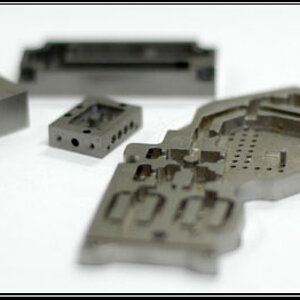
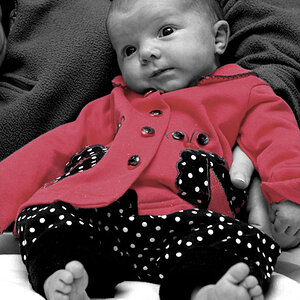
![[No title]](/data/xfmg/thumbnail/35/35263-86f580cf5d28d23109a45984030a79ad.jpg?1619736968)
